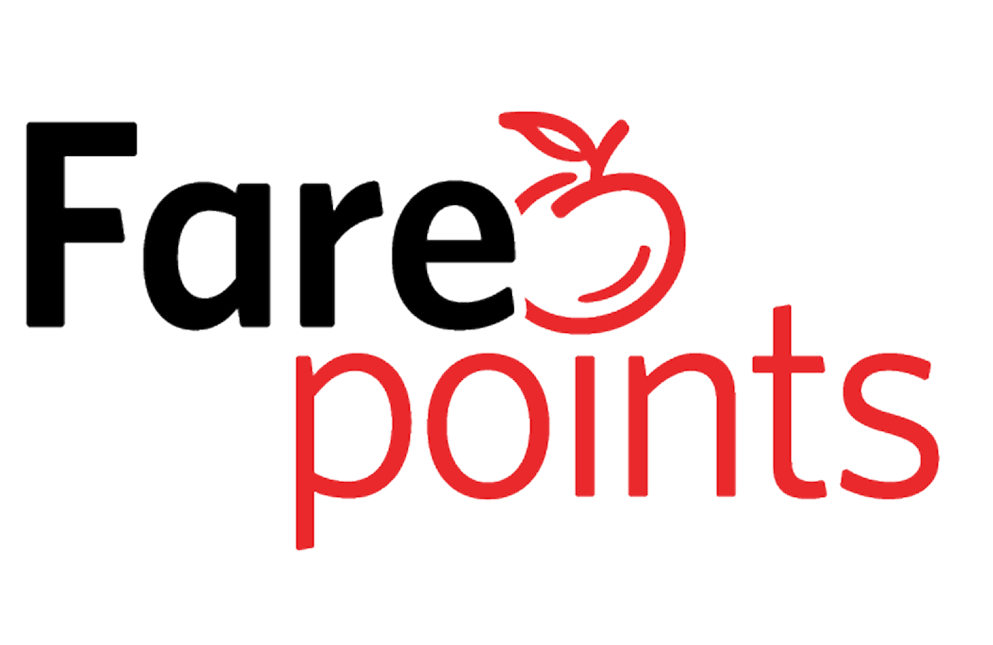Throughout recorded history, cultures around the world have used dance, art, song, and stories in healing rituals, and for more than 100 years, art therapy has been used to treat psychological and emotional issues, including trauma and pain management. Now modern medicine is catching up, with a growing body of evidence that proves that creativity and the arts play a role in health and well-being.
Unleashing our imaginations and tapping into our innate intelligence is part of what makes us human. The drive to create enabled us to not only paint on cave walls, but to make tools, grow food, and design shelters—and we know the act of doing so actually makes us healthier, thanks to a 2010 landmark study by Heather L. Stuckey, ded and Jeremy Nobel, md, mph.
The Connection Between Art, Healing, and Public Health: A Review of Current Literature (American Journal of Public Health) concluded that participation in creative activities (visual arts, writing, music, and movement) profoundly impacts emotional and physical health and well-being—including improvements in immune systems, brain function, hormonal and inflammatory responses in the body, and decreases in symptoms of stress, anxiety, and depression. Many studies have since validated their findings.
And the medical community is paying attention. For example, over the last 10 years, UK doctors have been “social prescribing,” recommending patients get involved in the arts, physical activity, and volunteering to boost physical and mental health. Participating in group creative activities also helps to create social connections and offset feelings of loneliness and isolation—particularly important as we age.
Get Those Creative Juices Flowing
Creativity isn’t defined as accomplishment in the arts—to make a sculpture out of toothpicks, fingerpaint a masterpiece, or compose a movie soundtrack—it’s simply the ability to create—anything. Cooking a meal from scratch, solving a puzzle, or accessorizing an outfit are all creative expressions.
So, whether you make or share your creations with others, or dance alone in your living room, do something good for yourself—and sew or sing, doodle, dance or decorate, bake or build your way to better health.
“Through creativity and imagination, we find our identity and our reservoir of healing. The more we understand the relationship between creative expression and healing, the more we will discover the healing power of the arts.” —The Connection Between Art, Healing and Public Health.
The arts can help to:
- Keep us well, aid our recovery, and support longer lives better lived;
- Meet major challenges facing health and social care: ageing, long-term conditions, loneliness, and mental health; and
- Save money in the health service and social care.
- —Creative Health: The Arts for Health and Wellbeing, UK All-Party Parliamentary Group Inquiry Report
Music
Calms neural activity in the brain, which helps to:
- Reduce anxiety and increase relaxation;
- Lower the heart rate;
- Control chronic pain; and
- Restore effective immune system function and emotional balance.
Studies show that after joining a singing group, new mothers experienced a faster reduction of the symptoms of post-partum depression, seniors had less anxiety and depression, and COPD (chronic obstructive pulmonary disease) patients benefited from improved lung function.
Visual Arts
Help people to:
- Express and explore difficult experiences, like fear, grief, and trauma; and
- Find meaning and a sense of achievement.
In hospital settings, art has been used to mitigate the psychological effects of breast cancer. Even having a landscape mural on a hospital wall has shown a decrease in the need for pain medication and in the amount of time spent in hospital.
Movement-Based Creative Expression
Expressive physical activities like dancing or Tai Chi:
- Bring cognitive and psychological well-being benefits; and
- Are a fun way to boost energy, stay fit, and lose weight.
Studies show cancer patients experience relief from anxiety and better body image acceptance; people living with Parkinson’s disease have better movement, and seniors show improved recall and problem solving.
Expressive Writing
Journaling or creative writing can be particularly beneficial for those who have experienced traumatic and emotional experiences. Expressing feelings and exploring ideas can:
- Release stress hormones;
- Reduce blood pressure;
- Improve the immune system and mood; and decrease pain.
In one study people who wrote poetry said it helped them find their voice and access inner wisdom and spiritual awareness.
Article was published in The Good Life magazine.

